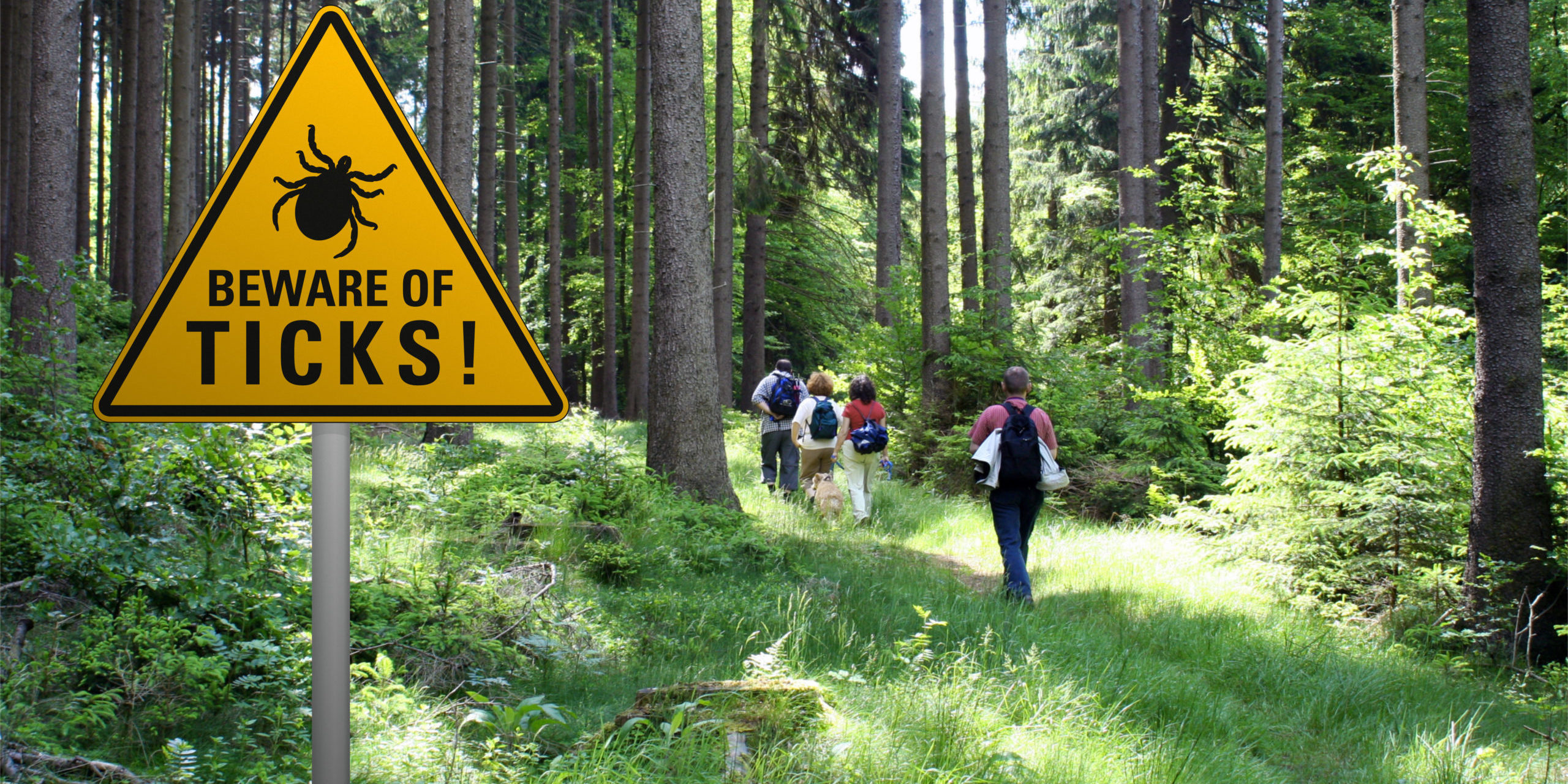
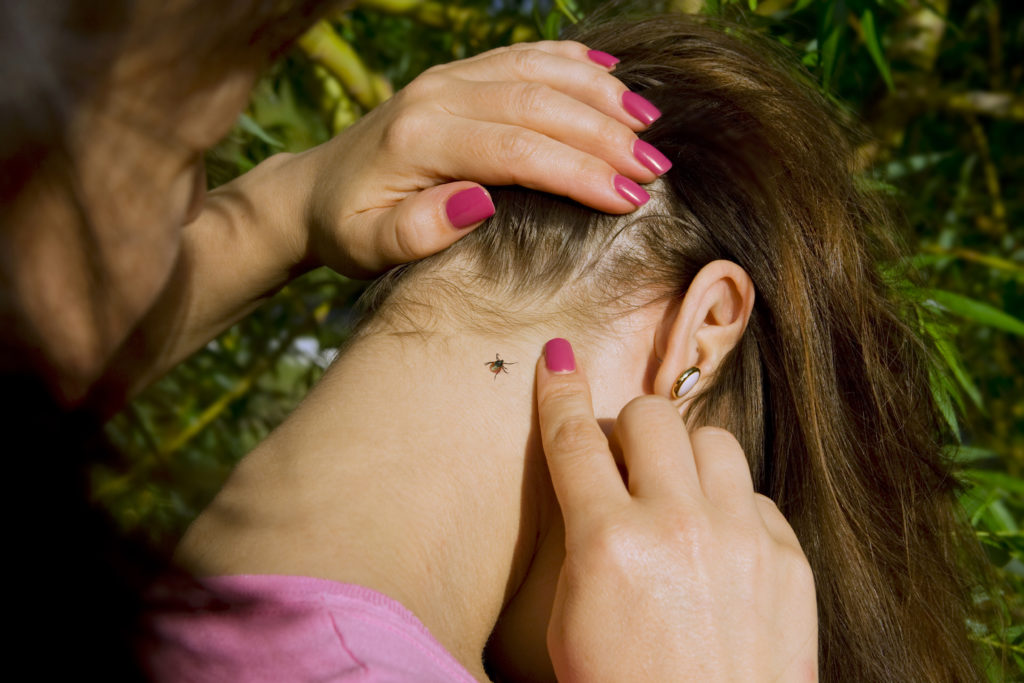

It’s always important to be tick-aware and to take appropriate precautions when exploring outside.
Traditionally, experts think of peak tick season starting in May, running through July, with a smaller peak in activity that can occur around October. Unfortunately, the truth is that you can get tick-borne illnesses at any point in the year, as technically, rick season never ends.
What will the 2022 tick season be like?
Continuing a trend that we’ve seen over the past several years, this year’s tick season is likely to be severe. For more information, please click here.
Tips to Keep You Safe Outdoors
- Be Tick-Aware – Try to take time to learn about the ticks that live in your part of the country, including what they look like, their preferred habitat and when they’re most active.
- Perform Diligent Tick Checks – Every time you come inside after doing something that might have exposed you to ticks, thoroughly check your body and clothes for ticks.
- Check Your Pets for Ticks – Even if you’re not someone who spends a lot of time outdoors, and your pets do, they can bring the ticks to you. Your pets are also very susceptible to tick-borne diseases, so take make sure to always check and treat your pets for ticks as well. Good places for ticks to hide on your pets is in and around their ears, tails, and in their paws.
- Use EPA-Registered Repellants – These products can help to deter ticks.
- Stick to the Trails – Ticks like to hang out in brush, grass and other foliage. They like to hang off of the foliage and grab on to anything that walks by. Because of this, it is always best to stick to the trails when hiking, and not venture off in to the woods and brush.
- Wear Appropriate Clothing – Wearing long sleeves and pants will definitely help deter ticks. It might be uncomfortable in the heat of summer, but the least amount of exposed skin, the better. You can also wear lighter colors, which will make it easier to spot ticks that might be crawling on your clothes. Wearing loose fitting and/or lightly colored long sleeves/pants can also help to deter other unwanted pests like mosquitoes. Make sure to change your clothes as soon as you get home, as well. If you are still not sure if you have gotten all the ticks off your clothes, you can always throw them in the washer with warm water. You can also just throw them in the dryer.
- Oops I Missed One! Tick Removal – First, make sure to use tweezers to hold onto the tick as close to your skin as possible. Then, pull the tick upward with a steady, even motion. Try not to twist it or move it around too much because that can cause parts of the tick’s mouth to break off in your skin. If pieces of the tick are left in your skin, try to remove them with tweezers. But if you can’t get them out, leave the area alone to heal. Once you’ve removed the tick, clean the area (and your hands) with soap and water or rubbing alcohol. For more information, please check the CDC and their specific recommendations.
NOTE: If you develop any of the symptoms below after removing a tick, please contact your doctor:
- Fever
- Rash
- Stiff neck
- Headaches
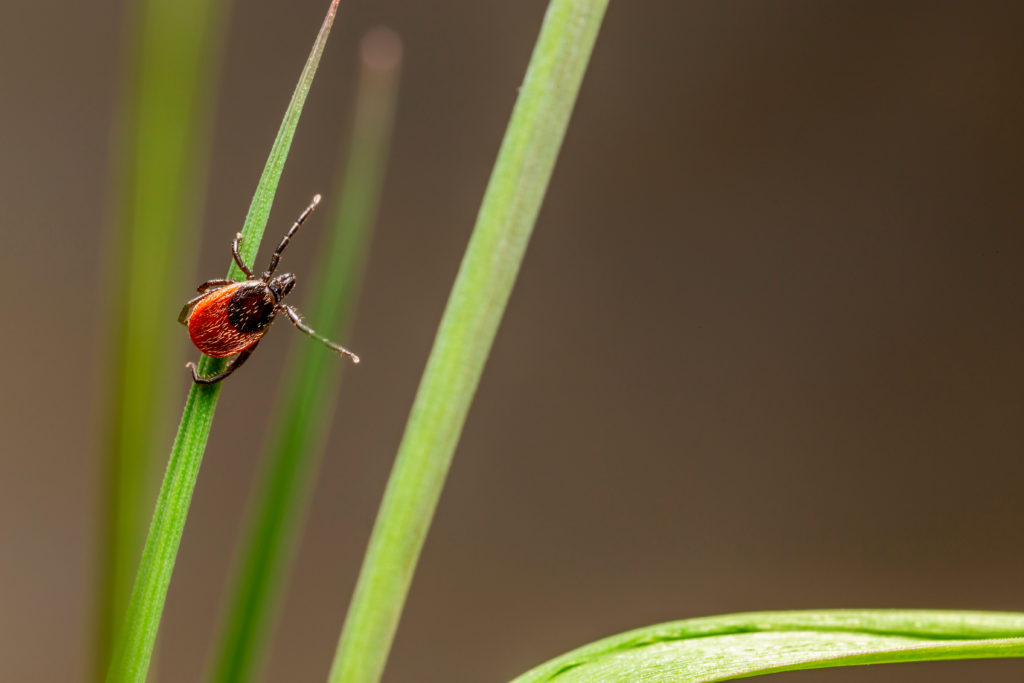
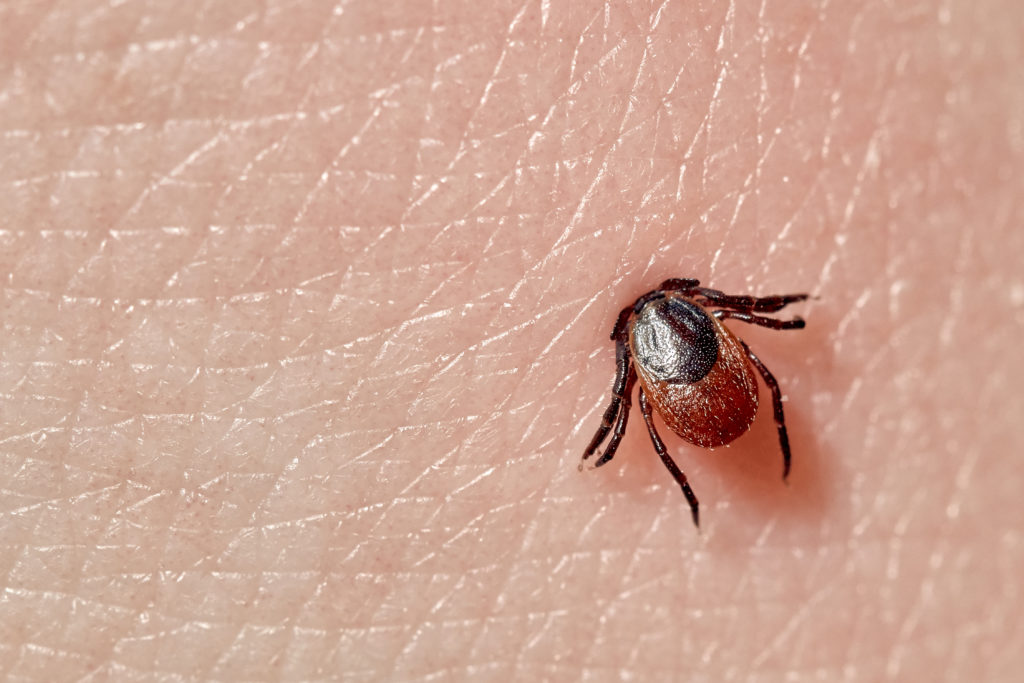
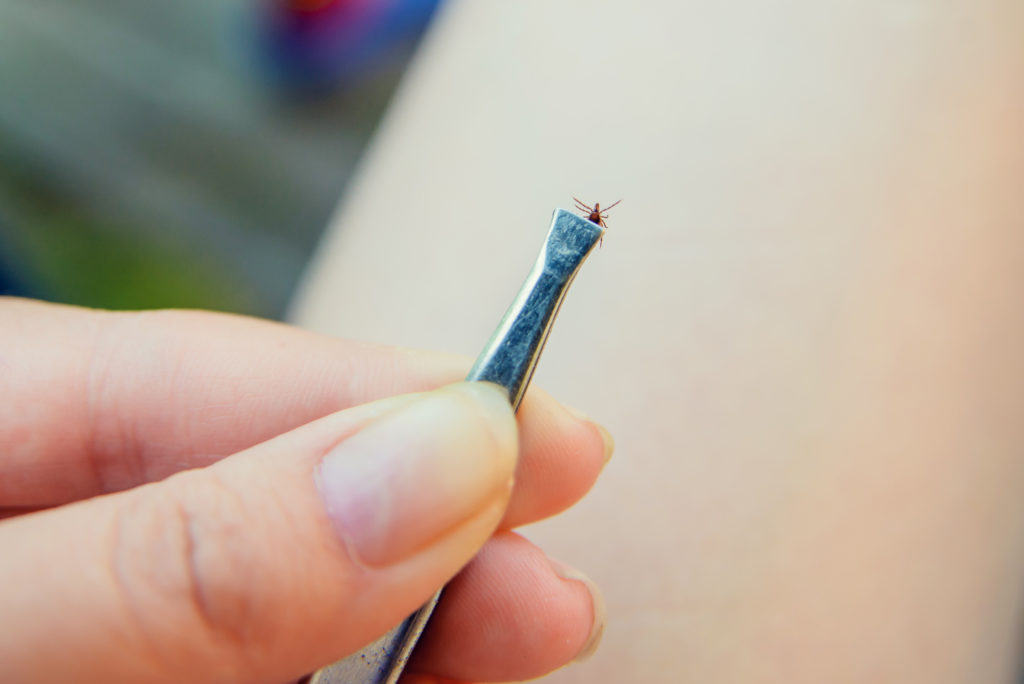
Information sourced for this blog can be found here.
——————————————————————————————————————————————————————————————
If you need help in eliminating these pesky biting insects from your yard, our Houston Team here at MosquitoNix® is here to help!

